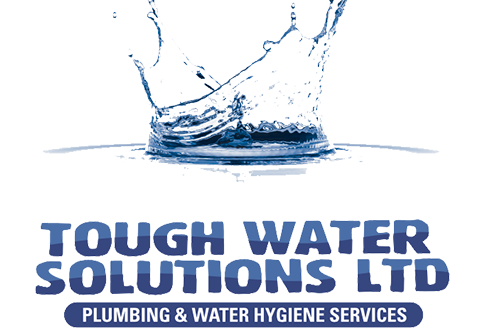A TMV is short for Thermostatic Mixing Valve, they’re designed as an anti scald device to blend hot and cold water together at the outlet point so that the water is at a safe temperature to use. It also ensures that the valve shuts off if the cold water becomes isolated, preventing hot water being delivered to the outlet at a dangerous temperature.
How often should I have my TMV’s serviced?
It is extremely important to service your TMV’s on a regular basis, 12 months being the minimum – depending on your sites outcome of a Risk Assessment or manufactures guidance.
Our specialist Water Hygiene & Health & Safety compliant engineers carry out TMV Servicing, management and installation – we can also answer any queries you may have!

